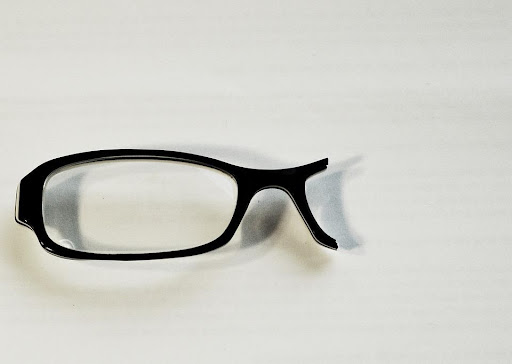If left untreated, glaucoma can steal your sight (and your life). So it is crucial to know how common glaucoma is, your chances of getting it, and your treatment options to keep it from causing total blindness.
Glaucoma is a debilitating disease
Glaucoma is a vision problem concerning the eyes’ optic nerves. It is the second leading cause of blindness globally, next only to cataracts, with over three million Americans having it. Some start with no signs or symptoms, so they don’t know they have the disease, while others experience eye pressure, the onset of low vision, headaches, nausea, and vomiting.
While anyone can get glaucoma, some have high risk factors for contracting the disease and suffering from its life-changing effects. If you are 60 and above, have diabetes, have elevated blood pressure levels, have myopia, or have a family history of glaucoma, you better have your eyes checked. A comprehensive dilated eye exam done periodically can help track your overall eye health. You can also undergo glaucoma laser treatment to manage the condition.
The treatments vary greatly, but laser procedures are considered next level for their exceptional precision and safety. They are the normal course for people who want their vision restored by taking away the pressure in the eye, draining fluid, and significantly slowing down the progression of the disease with an amazing recovery rate of one day.
Other treatment options include the use of prescription eye drops and surgery.
Glaucoma can impact your life in so many ways
Since glaucoma is a lifelong disease, people who have it will need a long-term plan for management and treatment to ensure it does not get in the way of enjoying life.
Some people would have the fright of their lives after getting a glaucoma diagnosis, and it’s understandable. It had been equivalent to losing sight altogether not too long ago. As your low vision progresses, you will also lose the ability to do many things like reading and driving.
Glaucoma can raise fall risks and make you more prone to accidents. People with the disease should understand how area rugs and other extra floor coverings can pose a hazard. They also experience difficulty adjusting to the darkness, so darkened rooms should have extra lighting. Since the disease can make you lose your peripheral vision primarily, keeping track of steps and stairways could be a challenge. Thus, handrails must be marked or made more visible using a different color to prevent an accident.
But now that effective treatments are available against glaucoma, it has become more manageable for patients to continue their lives as they would without it. The key is to have regular eye exams after age 35 to catch the disease at its onset, so your ophthalmologist can devise an appropriate treatment plan.
Vision problems, especially glaucoma, can strongly impact the quality of your life. To keep this from happening, make sure to catch an early diagnosis to get a suitable treatment and keep it from causing your life to go haywire.
Clare Weyers
Recent Posts
- Castor Oil For Better Hair Growth: Is It Myth Or Fact?
- Exploring the Differences Between Sermorelin, Ipamorelin, Ibutamoren, GHRP2, and GHRP6: Understanding Their Role in Human Growth Hormone Regulation
- Unraveling the Mystery: Understanding the Causes and Prognosis of Ventricular Tachycardia Without Apparent Heart Disease
- Understanding Grandparents’ Rights in Oklahoma: Navigating Visitation and Legal Protections
- 10 Reasons to Consider Hypnotherapy for Your Health

